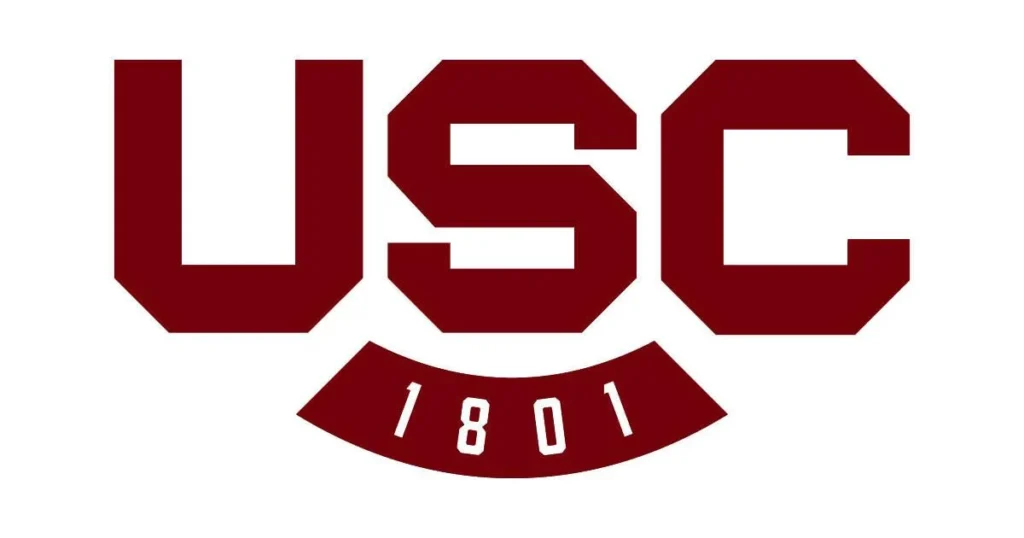Authors
Ramy Harik, Gabriel Ris
Conference
Engineering Technical Conferences and Computers and Information, 4255, pp. 283-290. Philadelphia, Pennsylvania, USA.
Abstract
Flank milling process is commonly applied in the aeronautical industry. It consists of manufacturing mechanical parts using the side of a machining tool. This process is relevant to be less time consuming as it delivers better surface quality. However, flank milling can only be applied on ruled surfaces.
In this article, we cover flank milling application on planar surfaces, a particular ruled surface type. In recent works we presented how to extract planar surfaces milling directions by using expertise provided through our industrial application. We take this study further, where we propose a validation for the proposed milling directions. This validation requires at first a translation of the problem from 3D to 2D. Then, by applying several proposed algorithms we extract for each direction its LZone. An L-Zone is the term we use to identify the unmachined part area using a particular milling direction. By intersecting the different L-Zones we obtain the G-Zone that consists of the total unmachined area. Computing the G-Zone for each planar surface indicates the ability of this surface to be flank milled.
The proposed study is part of an effort to automate process planning of aeronautical parts.
Automating this particular trade can result in a critical reduction of time, effort and costs in aeronautical industries, mainly due to having small production batch.
Keywords
milling, algorithms, manufacturing, production planning, surface quality
Citation
Ramy Harik, & Gabriel Ris. (September 2006). Aeronautical Planar Flank Milling Automation: Computing the G-zones. International Design Engineering Technical Conferences and Computers and Information, 4255, pp. 283-290. Philadelphia, Pennsylvania, USA. doi:https://doi.org/10.1115/DETC2006-99098
Link: https://doi.org/10.1115/DETC2006-99098
Documents


